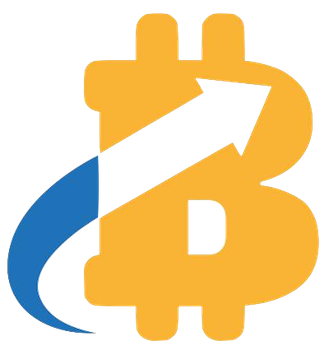South Korea’s largest crypto platform, Upbit, has just dropped a cryptic teaser for “Giwa,” yet the message is riddled with uncertainties and vague promises. This clandestine countdown raises skepticism rather than confidence. Is this merely a gimmick to stir excitement, or does the project have concrete substance behind its mystery? Much like previous half-baked blockchain launches, the lack of transparency suggests that Giwa might be more about market psychology than technological innovation. While investors are eager for clarity, Upbit’s refusal to provide details fuels suspicion that this endeavor may be more about protecting market position than pioneering blockchain technology. In an industry already plagued with overhyped projects, an unclear narrative like Giwa’s can do more harm than good, breeding speculation rather than sustainability.
Superficial Branding and Strategic Posturing
The teaser’s tagline, “trusted structure, not just shape,” hints at an emphasis on legitimacy and enhanced interoperability. However, it also indicates a potentially superficial marketing ploy aimed at reassuring skeptical investors without offering concrete roadmap details. The move appears to be an attempt to position Giwa as the backbone for South Korea’s web3 ecosystem, but the ambiguity leaves room for doubts. Will this be a robust Layer-1 solution, or merely a Layer-2 overlay reacting to regulatory pressures? The strategic ambiguity reflects a broader industry tendency to leverage branding over substance; promising innovation while sidestepping the hard work of development and regulation compliance.
Regulatory Hurdles as a Catalyst or a Cloak
Estimations about Giwa’s architecture point to a cautious response to South Korea’s tightening crypto regulations. If it’s destined to be a Layer-2 solution, it could serve as a workaround for regulatory constraints, allowing Upbit to implement features like stablecoins that are currently under scrutiny. However, such a move risks superficial compliance masquerading as innovation. It’s a risky game: true progress requires transparency and a willingness to navigate complex legal landscapes openly, not just exploiting loopholes. The decision to potentially build a stablecoin infrastructure—a vehicle many see as vital for Korea’s digital economy—should be a strategic leap forward, not a hurried maneuver to stay within regulatory lines.
Market Manipulation or Genuine Progress?
Upbit’s influence in Korea’s crypto market makes Giwa’s black box approach particularly worrisome. Its impact could ripple across prices and investor sentiment, turning what could be a technological milestone into a pawn in a game of market manipulation. A lack of clear goals invites speculation that the project may be aimed at boosting trading volumes or creating artificial hype. If true, this not only misguides investors but also undermines trust in the broader Korean ecosystem. A genuine blockchain breakthrough requires transparency and a clear execution plan—anything less risks eroding confidence in digital assets’ legitimacy.
Giwa exemplifies the risk inherent in rushing to innovate without accountability. For Korea’s ambitious blockchain ambitions to succeed, transparency, clear strategic planning, and regulatory cooperation are non-negotiable. If Upbit’s project remains shrouded in secrecy, it risks becoming another ephemeral hype, diverting attention from actual technological and economic development. The industry needs leadership that values substance over spectacle—only then can Korea truly leverage blockchain’s transformative potential rather than simply trading on promises of future riches.



















Leave a Reply